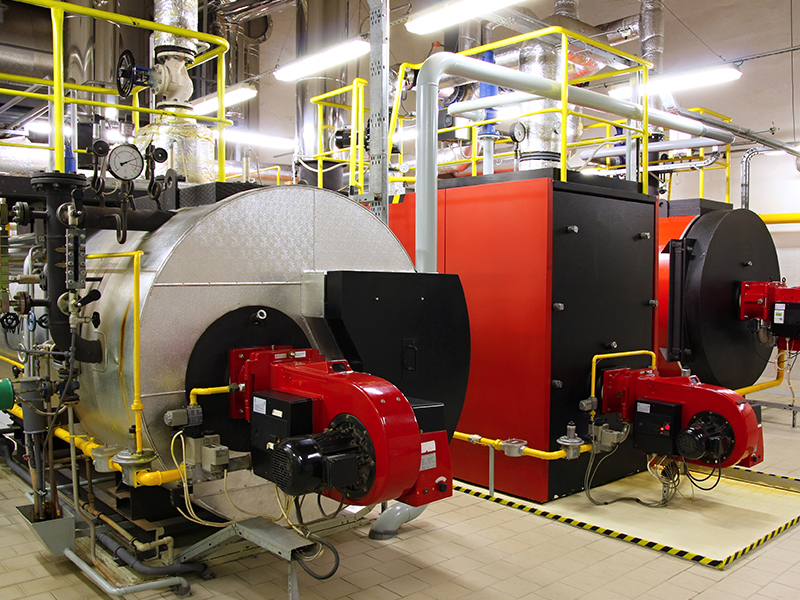Monitoring and controlling a boiler’s internal treatment program is one of the best ways to prevent system downtime and avoid major repair costs. Common equipment problems, such as corrosion, scale and deposition can result in over $60,000 in repair costs and 2-3 days of downtime. Implementing a boiler automation program offers facilities the system protection and reliability required to run efficiently and reliably.
Changes in demand of steam throughout a typical day can cause a wide array of issues such as foaming, carryover, or scaling. These issues can cause the facility to experience higher fuel use, chemical use, or loss of water. An automation package can be utilized to ensure consistent control of the boiler’s chemical feed and blowdown. Features of different controllers vary by manufacturer and model but most recent controllers offer the following capabilities:
- Automated blow down
- Automated chemical feed
- Recording of makeup and blow down water meter values
- Chemical tank inventory sensing
Water meters are highly recommended on both the makeup and blowdown lines of the boiler to accurately measure how much water is being fed to and leaving the boiler. Chemical products to prevent scale and corrosion can be accurately dosed to the boiler based on the meter reading and makeup water rate. The products can be fed without the use of water meters on either timed schedules or other control methods, but this often causes over or under feeding of the products due to times of high and low steam demand. The use of water meters also allows a boiler controller to keep a running total of the amount of water the boiler system has used for data management.
Tank level sensors monitor the use of treatment products. The most frequently used type of sensor is Ultrasonic. The sensors are mounted on top of chemical tanks to record how many gallons of product are remaining inside the chemical tank. The sensor’s data is then stored within the controller.
The optional online features available for some boiler controllers allow users safe and secure controller communications. If the boiler controller is connected to the internet via a U.S. Water Gateway or a provided connection on-site, a user is able to remotely make changes to the boiler program, and data collected from the boiler controller is able to be sent to U.S. Water’s online database, U.S. Water Reports™. Here, data can be analyzed and reviewed to keep the boiler running as efficiently as possible. Users also have the option to setup dashboards with status updates and trends over a selected period of time. These dashboard emails are automatically generated by the controller and include a variety of alarming capabilities such as out of range sensor readings or low chemical tank inventory. Online boiler controller capabilities ensure safe and consistent programs even if someone is not present on-site to collect readings.
When combining the control and automation methods described throughout this article, users can expect reliable and efficient boiler performance. A safe and efficient program ensures minimal downtime and cost savings for years to come.

